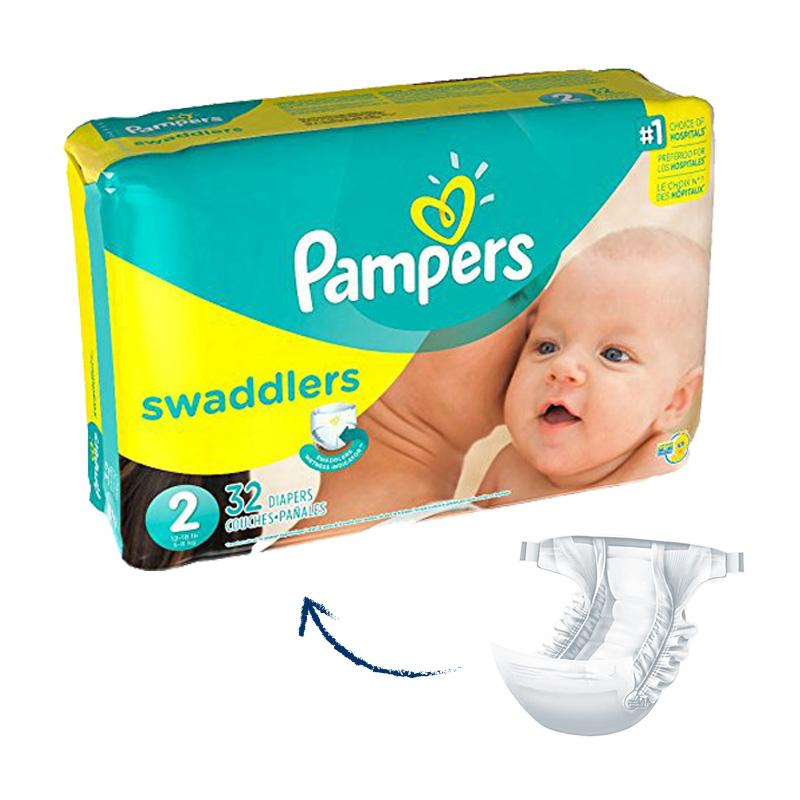# Organic Isomaltooligosaccharide Syrup: A Natural Sweetener with Health Benefits
## What Is Organic Isomaltooligosaccharide Syrup?
Organic isomaltooligosaccharide (IMO) syrup is a natural sweetener derived from plant-based sources through enzymatic processes. This unique carbohydrate consists of short-chain oligosaccharides that offer a mildly sweet taste while providing several digestive health benefits.
## Key Characteristics of IMO Syrup
1. Low Glycemic Index
Organic IMO syrup has a glycemic index significantly lower than regular sugar, making it suitable for individuals monitoring their blood sugar levels.
2. Prebiotic Properties
As a prebiotic fiber, IMO syrup promotes the growth of beneficial gut bacteria, supporting digestive health and immune function.
3. Mild Sweetness
With about 50-60% of the sweetness of sucrose, IMO syrup provides a pleasant taste without being overpoweringly sweet.
## Production Process
The organic certification ensures that the entire production process meets strict standards:
- Non-GMO starch sources (typically from organic corn or tapioca)
- Enzyme conversion without chemical modification
- Minimal processing to preserve nutritional value
- No synthetic additives or preservatives
## Health Benefits
Digestive Health Support
IMO syrup acts as a soluble fiber that feeds beneficial gut bacteria, potentially improving bowel regularity and nutrient absorption.
Blood Sugar Management
Due to its partial resistance to digestion, IMO syrup has less impact on blood glucose levels compared to regular sugars.
Dental Health
Unlike sucrose, IMO syrup doesn’t promote tooth decay, making it a tooth-friendly sweetening option.
## Culinary Applications
Organic IMO syrup’s versatility makes it suitable for various uses:
- Baking and cooking (replaces 50-70% of sugar in recipes)
- Beverage sweetener (coffee, tea, smoothies)
- Dairy products (yogurts, ice creams)
- Nutrition bars and protein supplements
## Choosing Quality IMO Syrup
When selecting organic IMO syrup, consider:
- Certified organic status
- Transparent ingredient list
- IMO content (typically 70-90%)
- Manufacturer reputation
Organic isomaltooligosaccharide syrup represents a healthier alternative to traditional sweeteners, combining mild sweetness with functional health benefits. Its growing popularity reflects consumer demand for natural ingredients that support wellness without compromising taste.

